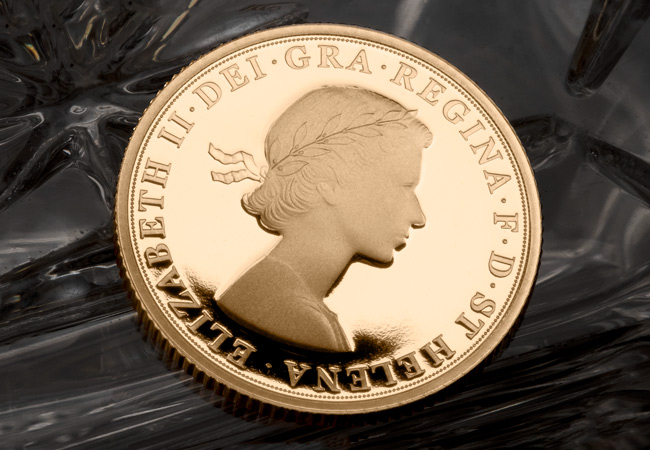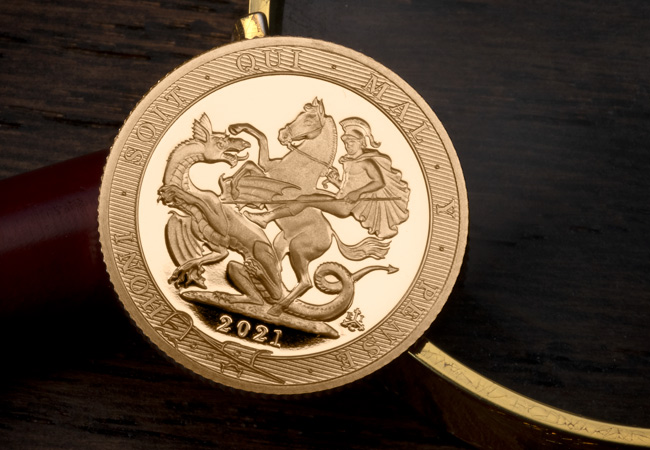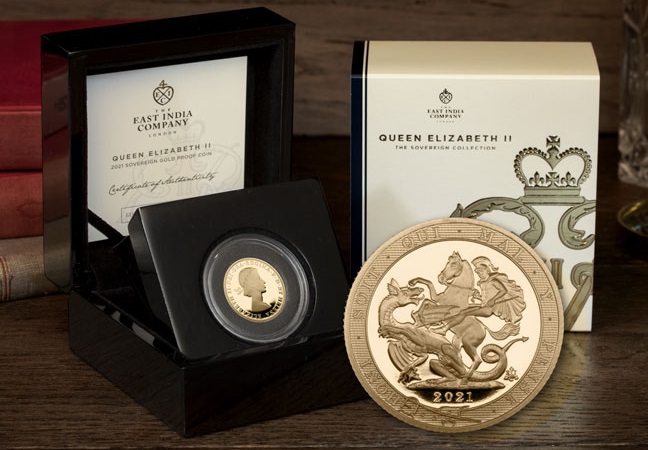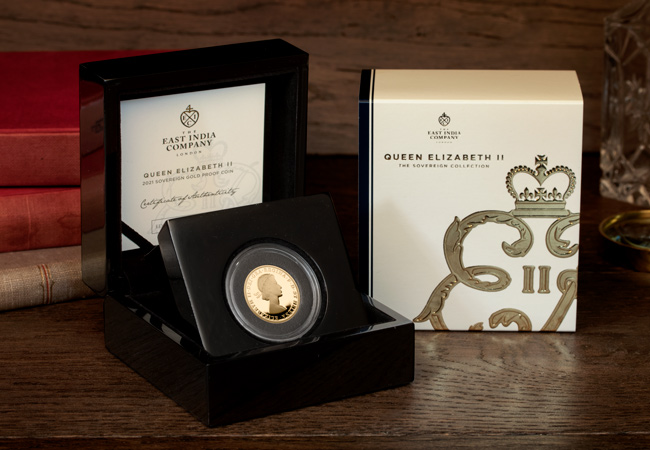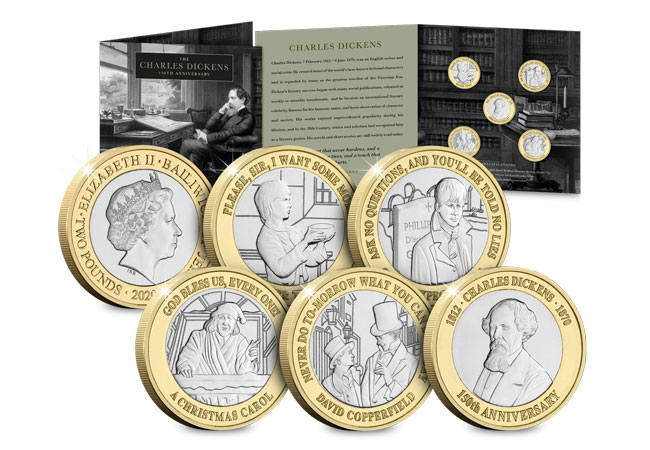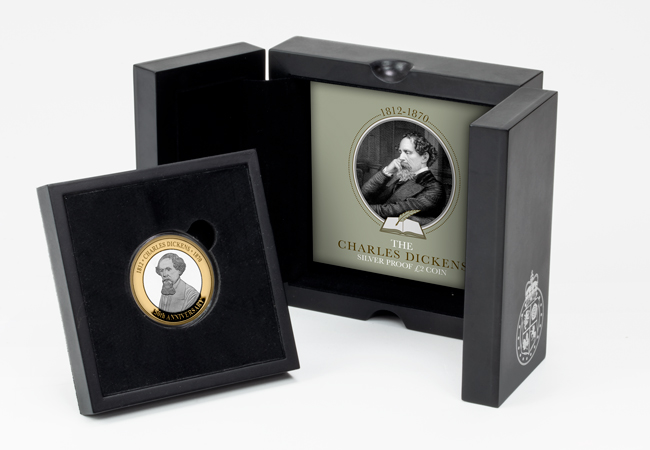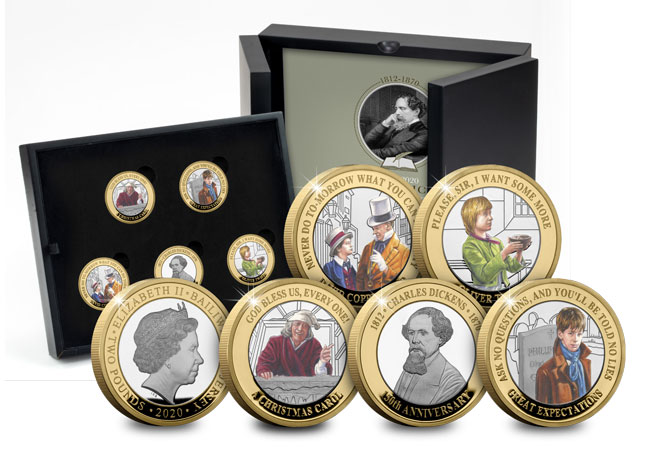Information
The most important gold coin in the world right now
As I’m sure you know, this year we celebrate the milestone 95th birthday of our monarch, Queen Elizabeth II.
This is a crucial moment in our country’s history. She is longest reigning head of state that the UK, and in fact the world, has ever seen. Amazingly, 81% of the British population has been born following her coronation, so she is the only monarch that the majority of us have ever known.
This makes her reign one of the most important and impressive in Britain’s history.
To mark this momentous occasion The East India Company has issued a special limited edition Gold Proof Sovereign that’s frankly the most important gold coin in the world right now.
You’ll understand when you see the design and the edition limit. These two things are going to make this Sovereign one of the most sought-after gold coins in history, and the very pinnacle for all collectors looking to mark the Queen’s birthday…
Nostalgic Mary Gillick Portrait
It goes without saying that Sovereigns are one of the most collected coins in the world. Known in the 19th century as ‘the chief coin of the world’ it has maintained its global reputation for accuracy, integrity and beauty.
Whilst the reverse of this Sovereign depicts the iconic image of St George slaying the dragon, it’s the obverse that’s going to have collectors rushing to secure this coin.
You see, The East India Company has been given special permission to use the very first official portrait of the Queen by Mary Gillick on this coin’s obverse, making this the first time it has been seen on a Sovereign for over 50 years.
Significantly, the Gillick portrait was the first effigy of Her Majesty to be used on UK coin. This nostalgic effigy, emphasising the Queen’s youth and vitality, represents the beginning of her reign and is the perfect tribute to her impressive reign and legacy.
Over Ten Times Rarer than the UK Proof Sovereign
Importantly, the East India Company Gold Proof Sovereign is struck to the same exacting standards as the UK sovereign – in 7.98 grams of 22 Carat Gold. All that differs is the design and – crucially – the edition limit.
It has a strict single coin worldwide edition limit of 750, which when compared to the significantly higher UK 2021 Gold Proof Sovereign edition limit of 7,995 makes this coin over TEN times more limited.
What’s more the UK 2021 Gold Proof Sovereign was also issued specially to mark the 95th birthday of Her Majesty the Queen, and it completely SOLD OUT at the Mint inside nine weeks of release!
The Most Important Gold Coin in the World Right Now
It’s clear that there is high demand this year for commemoratives marking the Queen’s birthday – and it’s only February!
Whilst I suspect we will see many more commemoratives for Her Majesty’s 95th birthday, this Sovereign is undoubtedly the most significant. Frankly, it’s the most important gold coin you can find right now in the world.
The scarcity of these Sovereigns alone will make them highly sought-after amongst collectors, but when you consider the historic use of the Mary Gillick portrait – not seen on a coin for 50 years! – I’m sure they will be at the top of every collector’s must-have list.
Especially if the sell-out of the UK 2021 Sovereign is anything to go by, these coins will be snapped up in a flash.
If you’re interested…
It’s clear that any collector looking to secure one of these rare coins will have to take urgent action.
As an Official Distributor of The East India Company, we are lucky to have a limited number of these significant Sovereigns available for Westminster Collection collectors.
But with so few available, and demand for Queen Elizabeth II commemoratives already at an all-time high, we do not expect that we have enough coins to go around. Therefore, these coins are offered on a strict first-come, first-served basis.
The Avro Lancaster – a historic, aeronautical icon…
The Avro Lancaster is one of the most well-known heavy bombers that participated in the Second World War, and is iconic when thinking about the contribution it had towards the Allies achieving victory over tyranny and persecution.
Out of the thousands that were built during wartime, only two Avro Lancaster’s exist today that are still airworthy – one of which is the Avro Lancaster PA474.
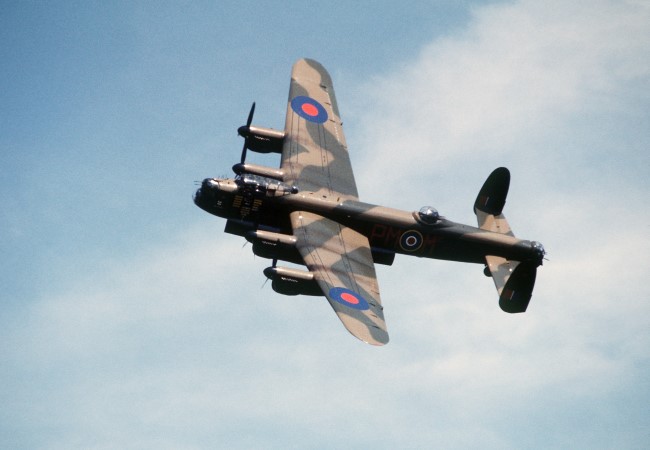
The Avro Lancaster PA474 was built in 1945 at the Vickers Armstrong Factory at Harwarden Airfield in Chester, and was originally used for strategic bombings in the Far East. After the war ended when Japan surrendered, the Lancaster PA474 was assigned to Photographic Reconnaissance duties in Africa, before being used as a pilotless drone, and even appeared in two iconic films – The Guns of Navarone and Operation Crossbow.
In 1973, this Lancaster was restored back to wartime standard and joined the Battle of Britain Memorial Flight at RAF Coningsby (BBMF). The BBMF’s main purpose is to maintain the priceless artefacts of our national heritage in airworthy condition, in order to promote the modern day Air Force and to inspire future generations.

In 2015, the Avro Lancaster PA474 had an in-flight engine fire. The aluminium engine casing from this was then melted down, and sculpted into models of Lancaster planes, which you can now own in this historic commemorative…
The BRAND NEW Avro Lancaster Provenance Medal
Today, a small number of collectors have the chance to own a BRAND NEW Commemorative featuring an ACTUAL piece of the Avro Lancaster PA474 that flew during the war.
This incredible commemorative features an original piece of Avro Lancaster, hand-sculpted into the shape of a Lancaster and precision set into the deluxe SUPERSIZE 70mm Medal.
Just 250 lucky collectors will have the chance to own this special commemorative. The last Provenance medal featuring a piece of Hurricane SOLD OUT in a matter of weeks.
Click here to secure your Lancaster Commemorative while you still can!
The BRAND NEW £2 coins in honour of literary legend Charles Dickens…
Charles Dickens is widely regarded as the greatest novelist and social critic of the Victorian era. He created some of today’s best-known ‘classic’ characters including Oliver Twist, Ebenezer Scrooge and Nicholas Nickleby, to name just a few.
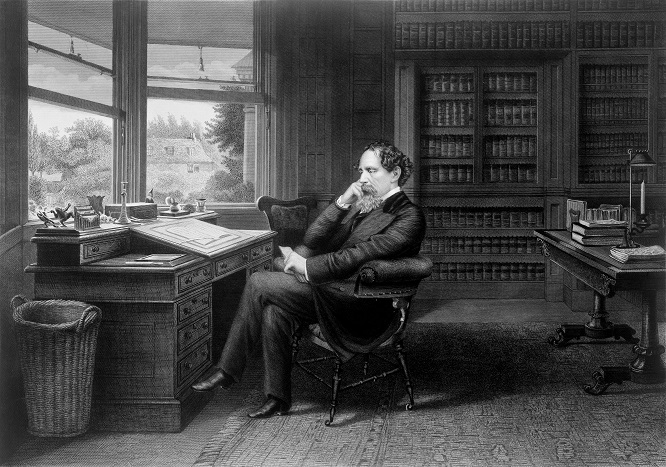
And now, to mark 150 years since his passing, a brand new set of £2 coins has been issued for release by Jersey Treasury and fully authorised by Her Majesty the Queen.
The FIVE new British Isles coins, celebrate some of Dickens most famous works, of which a vast majority were based on events from his life. For example, after working in a blacking factory, both ‘David Copperfield’ and ‘Great Expectations’ were fictionalised.
Throughout his life, Dickens was a vocal critic against poverty and the Victorian social hierarchy. His novels gained unprecedented popularity during his lifetime, and by the 20th century, critics and scholars had recognised him as a literary genius.
Find out more about these BRAND NEW £2 coins below…
The COMPLETE Charles Dickens BU £2 Coin Collection
This remarkable collection features FIVE £2 coins, each struck to a Brilliant Uncirculated quality and depicting some of Dickens’ most famous works, along with iconic lines from each book. The set includes:
- Great Expectations “Ask no questions, and you’ll be told no lies”.
- Oliver Twist “Please Sir, I want some more”.
- David Copperfield “Never do to-morrow what you can do today”.
- A Christmas Carol “God Bless Us, Every one!”
- Charles Dickens himself “1812 Charles Dickens 1870”.
What’s more, the coins will come protectively housed in bespoke Charles Dickens packaging. This set is one of the only ways you can own all FIVE coins and demand is expected to be high. If you’d like to secure one for your collection for JUST £49.95 (+p&p) then click here >>>
The STRICTLY LIMITED Charles Dickens Silver Proof £2
The Silver Proof version of this stunning £2 coin features a specially commission illustration of literary legend himself, Charles Dickens, adorning the reverse. The coin has been struck to a flawless Proof finish out of .925 Sterling Silver with selective 24ct Gold-plating.
The Silver Proof editions are without a doubt the collector’s favourite and almost always acquire fast sell-outs. With an edition limit of JUST 2,020 coins, time is short to secure one for your collection… Click here to guarantee yours >>>
The ULTIMATE Charles Dickens Silver Proof £2 Collection
This Silver proof set is by far the most limited way to own these coins. Not only are they strictly limited to JUST 995, but four of the coin designs, by illustrator Andy Walker, also feature full colour. This truly is the ultimate Charles Dickens £2 Coin Collection.
Sterling Silver, 24ct Gold-plating, full colour illustrations and only 995 available worldwide – Don’t miss out on yours… Click here >>>
The Charles Dickens Stamp & Coin Set
If you’re looking for something special, this Coin and Stamp Presentation is for you. This set features the Charles Dickens Brilliant Uncirculated £2 alongside the new ‘Oliver Twist’ stamp issued by Jersey.
Beautifully presented in a box, and carefully encased in protectively sealed numismatic capsules, only 500 collectors will be able to secure one… Click here to secure yours today >>>
If you’re interested…
Charles Dickens remains not only one of the greatest novelists of the Victorian Era, but in the whole of British history, and these coins are already proving phenomenally popular.
To view the full range of coins and secure yours, please click here >>

